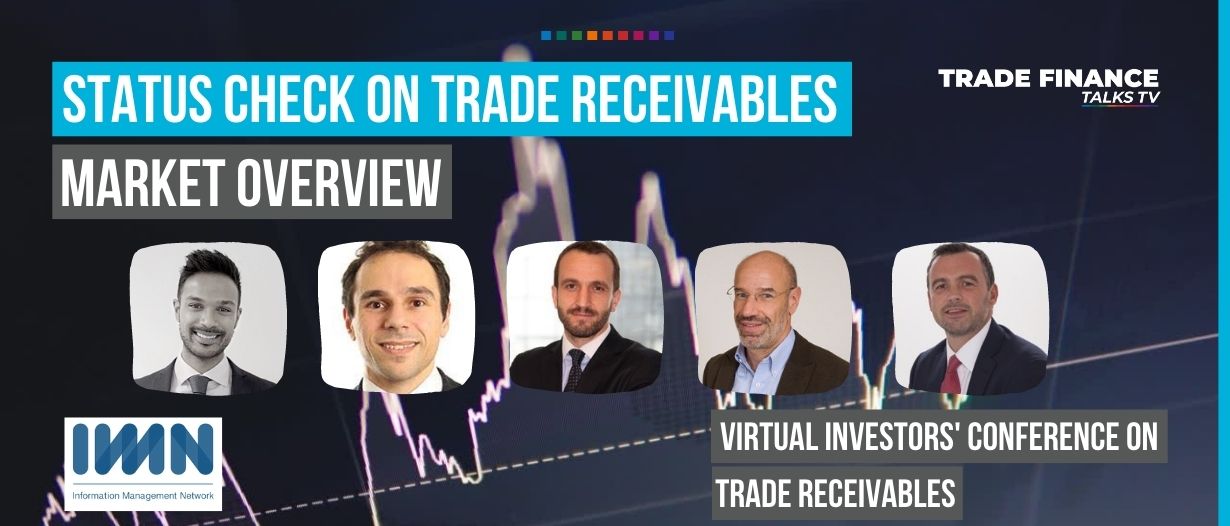Host: Deepesh Patel, Editorial Director, Trade Finance Global
Featuring:
Robert Plehn, Head of Capital Markets, GE Capital
Jerome Farges, Head of Corporate Securitisation, Societe Generale
Steven Hollands, Managing Director, Greensill Capital
Jeremy Levy, Partner, Baker McKenzie
The past decade or so has accelerated conversations around the attractiveness of trade receivables as an asset class. Given the short-term self-liquidating nature of trade finance, coupled with the relatively low default rates, any mechanisms and structures allowing for trade assets to be sold down into the market and opened up to institutional investors can only be a positive thing.
Access to finance remains a top issue for corporates and MSMEs alike, particularly in emerging markets. Can portfolio securitisations be the key, and should we double down on this strong yielding asset class in the era of the new normal?
TFG heard from a panel of experts in trade receivables securitisation. We assessed the role that securitization can play in trade receivables, including the opportunities, big challenges, current, and future outlook. The session covered the current market dynamics due to the COVID-19 pandemic, the increasing trade finance gap, regulatory changes to the market, and the rise of alternative non-bank lenders.
This video covers the following:
Securitisations programmes for corporates – market overview
- What are the main types of securitisation programs available to corporates and what are their advantages?
- What role can securitisation play in helping corporate treasurers meet their financial objectives?

Securitisations programmes – market overview
- What are the benefits of receivables securitisations from an originator, bank and capital markets perspective?
- What are the benefits of selling down and distributing these securitized assets into the market?
- What role can securitisation programmes play in relatively illiquid trade and receivables assets? Can it lead to lowering the cost of finance for corporates?
Market / pandemic induced trends (COVID-19)
- How have receivables transactions fared as a result of the pandemic?
- How this asset class has fared in terms of credit spreads and pricing?
- How has the market fared in terms of protecting itself, and how has the trade credit insurance market responded?
- How have corporate and trade receivables programmes been affected by the pandemic in terms of pricing, restructuring programmes, and reorganising debt?
- Have government-led initiatives worked?
Post-pandemic recovery and future trends
- What are anticipated trends, changes & risks that you see on the horizon, be that Brexit, or the LIBOR transition?
- How has the investor base changed as a result of the pandemic pre, during and post-COVID-19?
- How are alternative sources of capital accessing this asset class?
- Has there been a convergence and maturity of products within the markets? (E.g. factoring, discounting, off balance sheet structures and securitisation)
- What’s the role of new market players and alternative financiers in this space and what have been the biggest challenges so far?
Conclusions
- Future looking views for the state of trade and receivables finance – where is the growth going to come from in the next 2 years?
- What have each of the panellists seen in the fintech space in this area?
 Australia
Australia Hong Kong
Hong Kong Japan
Japan Singapore
Singapore United Arab Emirates
United Arab Emirates United States
United States France
France Germany
Germany Ireland
Ireland Netherlands
Netherlands United Kingdom
United Kingdom














Comments are closed.